Flood Resilience Strategy: case studies
Examples of diverse initiatives around Scotland that are in some way contributing to our flood resilience.
Theme 3 - Processes
Case Study 10: Climate Ready Edinburgh - Partnership working and adapting locally to changes in our climate
The Climate Ready Edinburgh Plan is the city’s second adaptation plan. The plan has been developed by the Adaptation and Nature Partnership, which includes: The City of Edinburgh Council, Scottish Water, Scottish Environment Protection Agency, Edinburgh World Heritage, Historic Environment Scotland, NHS Lothian, NatureScot, Edinburgh Biodiversity Partnership, University of Edinburgh, Heriot-Watt University, Napier University, Edinburgh College and Sniffer.
The plan sets out actions the partnership has agreed are essential if we are to improve flood resilience and address the risks and impacts of a changing climate. Adaptation is central to the plan, with actions being progressed in ways that are fair, equitable and beneficial to people, communities and businesses, and helping to deliver a nature positive city. Nine priority themes and thirty-one objectives were identified, each having a set of actions for delivery between now and 2030.
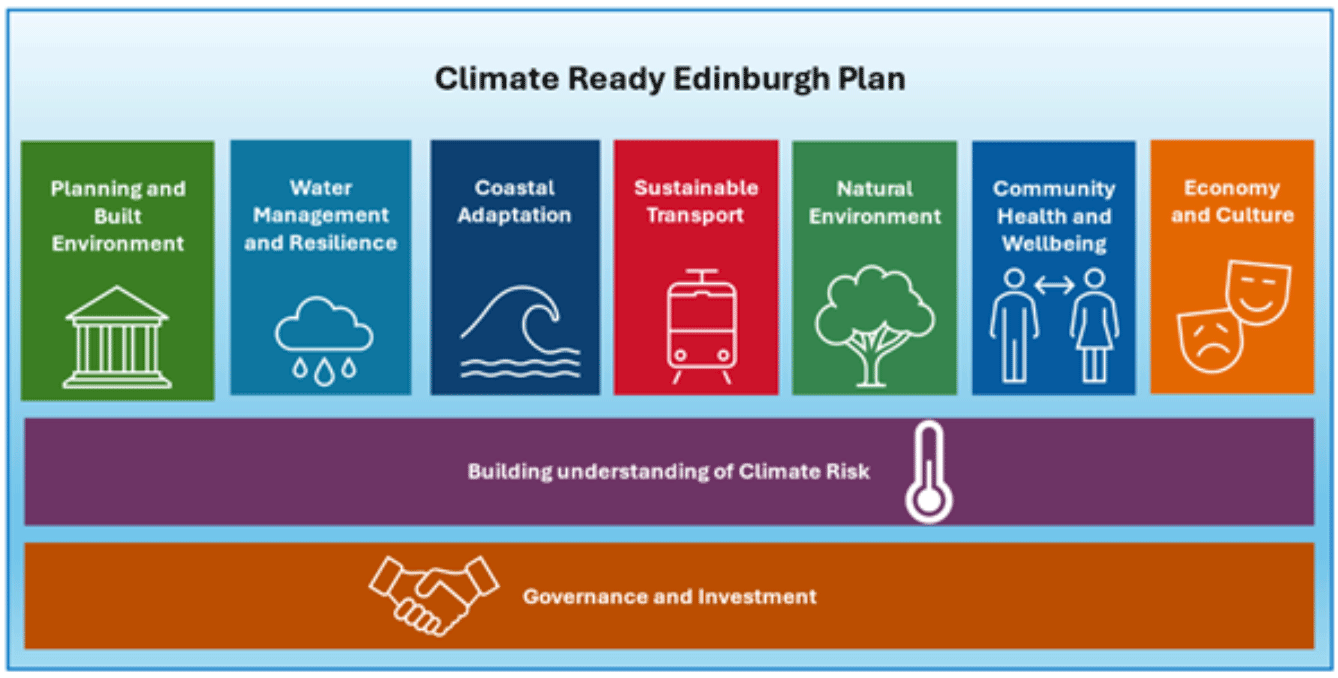
Image provided by City of Edinburgh Council
Infographic description below:
Climate Ready Edinburgh Plan
- Planning and Built Environment
- Water Management and Resilience
- Coastal Adaptation
- Natural Environment
- Community Health and Wellbeing
- Economy and Culture
- Building understanding of climate risk
- governance and investment
Objectives include delivering a long-term sustainable approach to water management across Edinburgh. The partnership has agreed to work to reduce flooding and deal with drought in the city through a co-ordinated approach to water management, helping to create well-managed water resilient places.
Further details can be found at the Climate Ready Edinburgh website.
Case Study 11: Water Resilient Dundee – Developing new ways to sustainably manage flooding and future proof communities
The Water Resilient Dundee (WRD) partnership aims to jointly plan and sustainably manage rainwater in the City of Dundee to help respond to climate change now and for future generations. Scottish Water and Dundee City Council (DCC) recognise the need to develop new ways to manage intense rainfall and stormwater flooding to create future-proofed, flood-resilient communities.
The partnership builds on the collaborative work undertaken as part of the Tayside Integrated Catchment Study (ICS) and is in the process of developing an overall drainage strategy for the city, as well as more detailed community-based strategies and projects.
A project in Craigie Street is an example of where a community-led design project has transformed the area, providing environmental enhancements, which include the installation of a pocket park which features rain gardens and tree planter to manage surface water runoff, as well as street furniture and a mural. Previously the area was drained by a traditional combined sewer network. The new features collect and store surface water before entering the sewers at a slower rate.
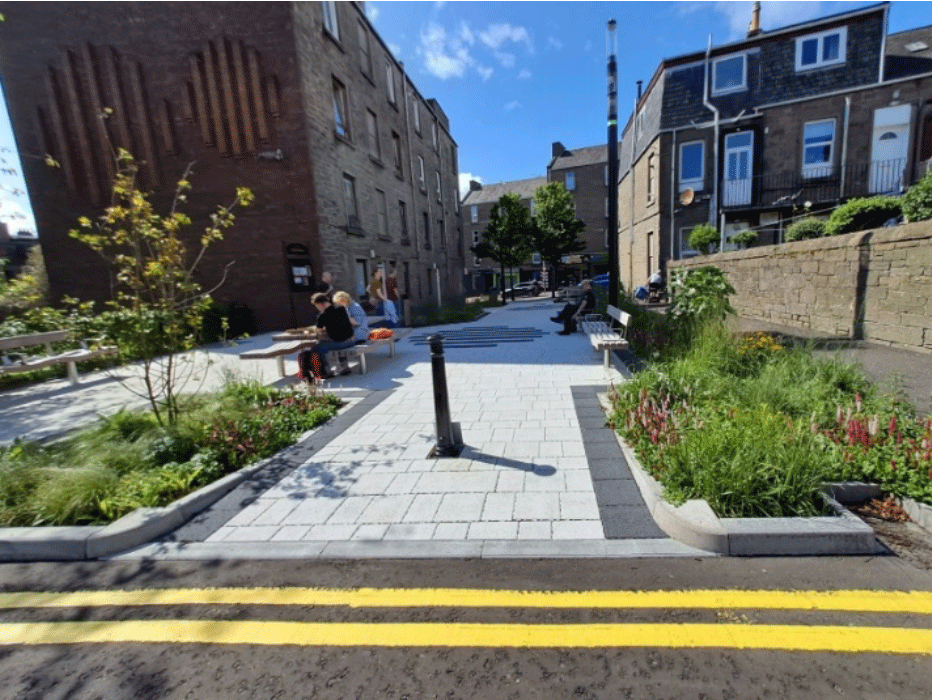
Image from Sustrans
The Stobswell Forum community group partnered with Sustrans Scotland, Dundee City Council and Scottish Water, to deliver these improvements within an urbanised area. Rain gardens have also been installed on both Balmore Street and Arthurstone Terrace. Such projects demonstrate that empowering communities can not only help deliver flood resilience but can also provide a safe environment, where people are proud to live. The Douglas project is also an example of a where ongoing efforts to improve local infrastructure and enhance public open spaces has been integrated with flood resilient design. Douglas Community Spaces Group (SCIO SC043807) negotiated a 25-year lease for the site of a former primary school with the aim of creating a Community Park and growing space. After extensive consultation, funding from The Big Lottery (Our Place Fund), and in partnership with other organisations.
Completed in the summer of 2022, Douglas Community Park is a unique landscaped space which offers a variety of activities for the community, and where surface water runoff is stored in a series of basins and swales which are integrated into the landscape.
The long-term vision is that the success of the park will inspire other projects which will improve green spaces in the Douglas area by raising local aspirations, knowledge, skills, support, and resources.
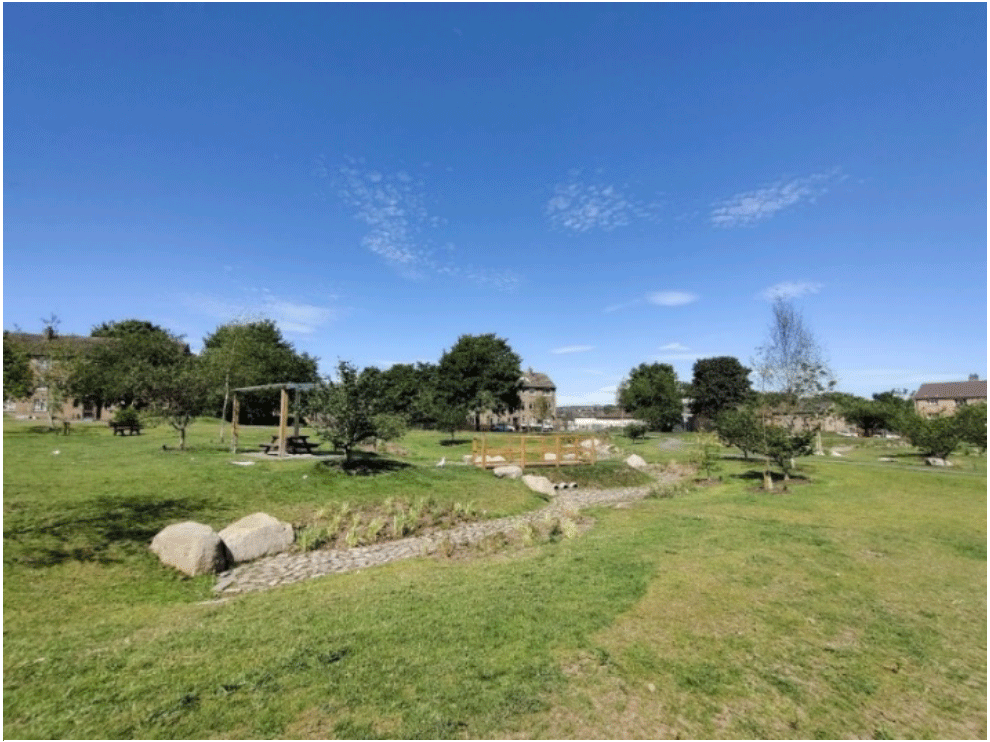
Image provided by Scottish Water
Further details of the Craigie Street project can be found at the Sustrans website.
Further details of the Douglas Community Park can be found at the Sustainable Dundee website.
Case Study 12: Broxburn Property Flood Resilience – Improving the resilience of properties to flooding
Property protection measures are an essential part of a sustainable and proactive approach to flood risk management.
West Lothian Council is delivering a fully funded Property Flood Resilience (PFR) scheme in New Holygate and Parkwood Gardens in Broxburn for 15 private residential properties.
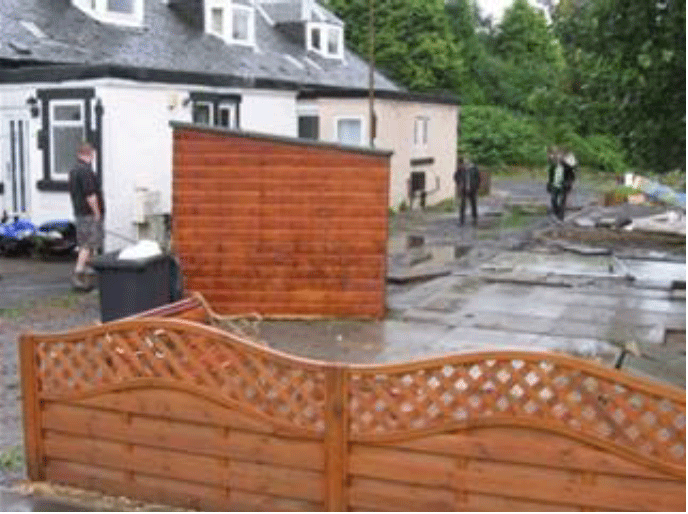
Image provided by West Lothian Council
These properties were badly affected by floods from the Brox Burn in August 2008 when some homes were flooded up to 200mm above floor levels. Since 2008 the properties in these areas have also experienced near misses in 2012, 2017 and 2022. Several options to manage the risk to these properties were considered and structural flood protection measures were found to be infeasible.
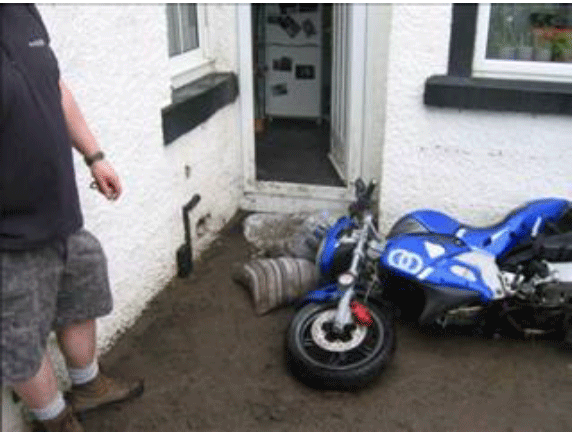
Image provided by West Lothian Council
As PFR is the only viable option in this location this scheme aims to prevent all possible routes of water ingress to these properties. The proposed resistance measures protect include flood doors, flood barriers, utility barriers, anti-flood airbricks, non-return valves, toilet bungs and submersible and manual pumps.
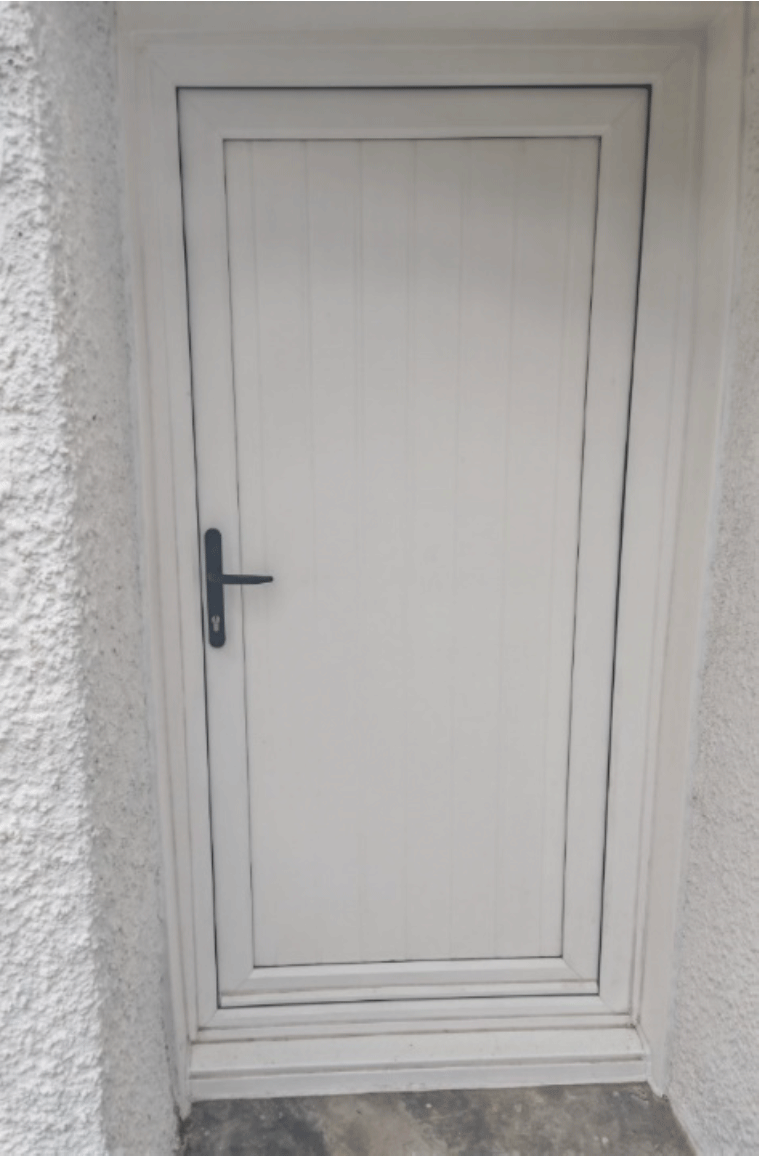
Image provided by Scottish Government
The Council has been working closely with the Scottish Flood Forum throughout the process.
Contact
Email: Flooding_Mailbox@gov.scot
There is a problem
Thanks for your feedback